Exposed Aggregate Pool Deck (Pros and Cons)
Here’s our exposed aggregate pool deck design guide including what it is, pros and cons, cost and resurfacing tips.
Exposed aggregates patterned beauty is what makes it attractive, unique, and contemporary by using natural stone which complements a wide range of home designs and styles.
Incorporating an exposed aggregate makes pool deck surfaces extremely durable, skid resistant and easy to maintain and clean.
What is Exposed Aggregate for a Pool Deck
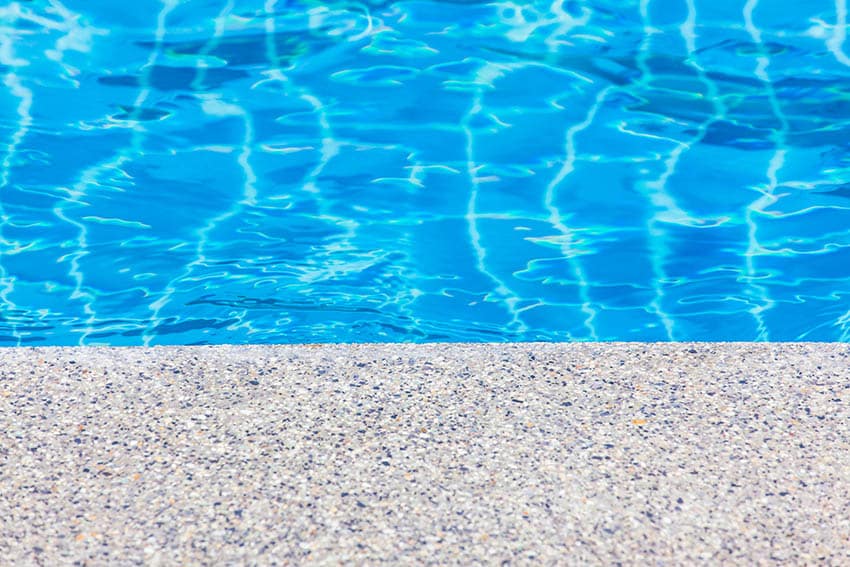
To achieve this type of surface treatment, chemical retarders are used on the surface or washing off the top layer with water washing technique.
Aggregate can be fine or coarse and the common aggregates used in pool decks include decorative natural stones, gravel, crushed stone, glass beads, and stone pebbles.
The color scheme of exposed aggregate surface largely relies by the type of decorative stone that is used and their geological origin. The main factors to consider when selecting aggregate are as follows:
- Color of the aggregate
- Hardness
- Size and gradation
- Shape
- Element and method of exposure
- Durability
- Cost and Availability
Visit this page to see other natural stone pool deck alternatives.
Exposed Aggregate Pool Deck Pros and Cons
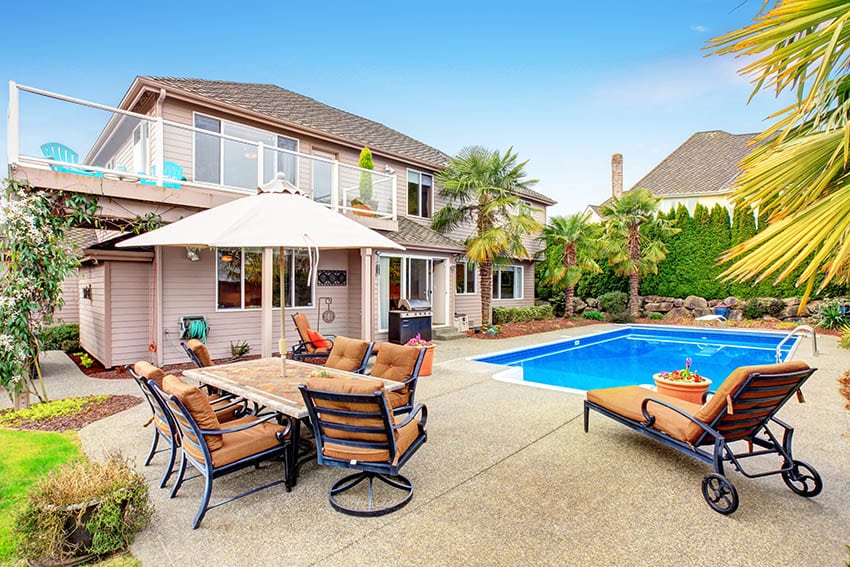
Attractive appearance – An exposed aggregate pool deck is a decorative option for backyard patios since it is customizable and can blend well and match any home design scheme. It can also boost your home’s curb appeal with its unique and aesthetic look. Read more about exposed aggregate patios here.
Many different design options – There are a variety in the design options such as shape, size, color and can be mix and match with other decorative surface treatment such as combining stained concrete with stenciled or imprinted border or blending it with colored overlay or engraved patterns.
Durable pool deck material – Exposed Aggregate is highly durable due to the structural integrity of the concrete. This type of surface treatment will provide good performance that will last for a lifetime.
Better slip resistance – Exposed aggregate on pool deck is slip resistant especially in wet conditions. It also holds up well to heavy traffic due to its surface traction and texture without undermining its decorative appearance.
Cooler on feet – Another best quality of exposed aggregate on pool deck is its ability to withstand exposure to all elements and adverse weather conditions. It also has the ability to reflect heat making it more comfortable on bare feet.
Low maintenance – Maintenance of exposed aggregate on pool deck is moderate to low as it only requires occasional cleaning with water and re-sealing very three to five years for protection and retaining its glossy appearance.
Lower priced – Affordability, of using exposed aggregate on pool deck is one factor that homeowners find to be cost-effective due to its simple installation procedure and reasonable cost; yet still achieve impressive and beautiful results.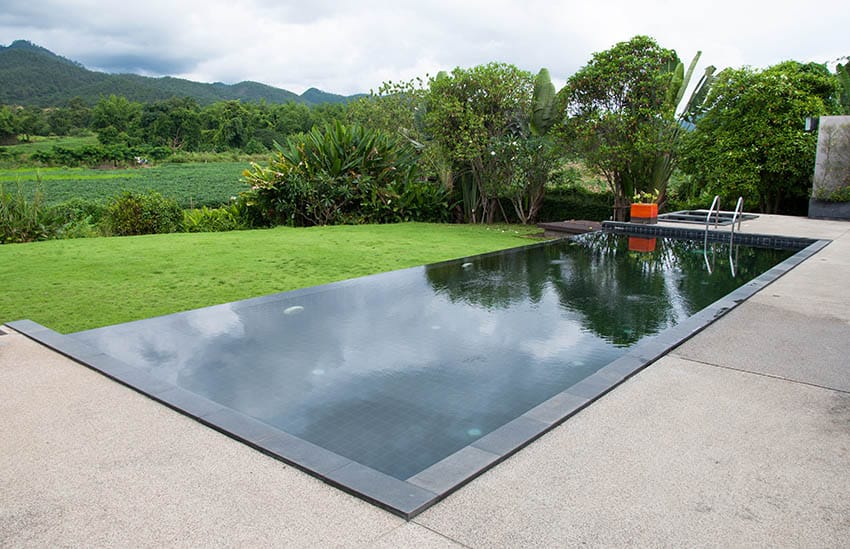
Cons:
Needs professional installation – Installation of exposed aggregates requires a professional to do the job and get it done right. Make sure that you are not dealing with unprofessional and inexperienced installers.
Have to use the right type of stones – Low-quality materials can be prone to damage especially the decorative stones on the top layer due to exposure. This is why homeowners need to make sure that the materials used are of high-quality.
Challenging to fix – Difficult to repair, especially repairing of cracks since blending the patched surface with the rest of the flooring will be tough to match.
Hard to clean – Although maintenance is technically on the moderate to low side, it might become challenging to clean and maintain exposed aggregate especially when dirt gets compacted between the exposed aggregates.
Needs to be refinished – Even when given a long lifespan, exposed aggregates will still need to be refinished and resurfaced eventually. See our list of the types of pool finishes here.
Exposed Aggregate Around Pool Cost
Pricing for exposed aggregate for pool deck depends on the following factors:
- Location of the property (area in the country)
- Size of pool deck
- Type of material to be used for aggregate.
Average Aggregate pool decks Material cost per square foot:
- Basic Quality Materials – US $1.26 to $1.35
- Better Quality Materials – US $1.48 to $1.71
- Best Quality Materials – US $2.12 to $2.66
Average Aggregate pool decks Installation cost per square foot:
- Basic Quality Installation – US $5.63 to $5.71
- Better Quality Installation – US $5.85 to $6.89
- Best Quality Installation – US $7.02 to $7.20
Average Aggregate pool decks Total cost per square foot:
- Basic – US $6.97
- Better– US $7.97
- Best – US $9.50
Resurfacing Aggregate Pool Deck
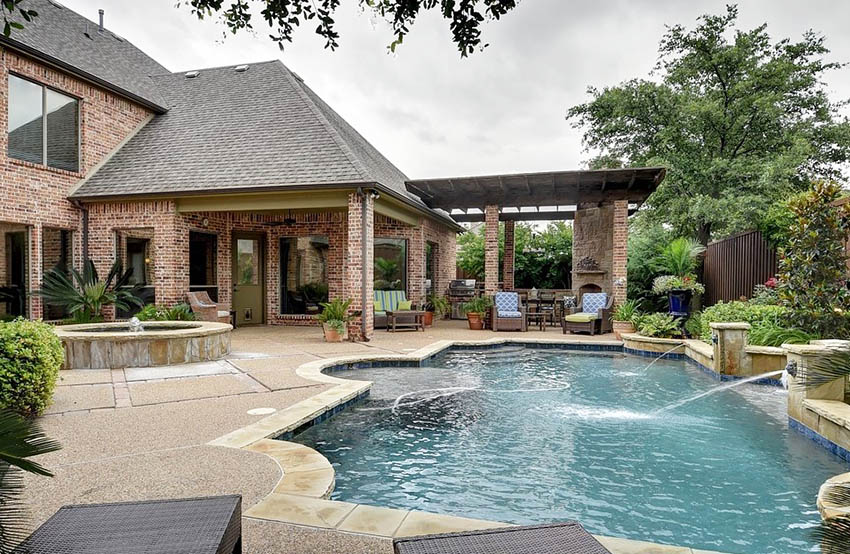
If the underlying cement of the exposed aggregate is in good shape, it is possible to overlay it. To check the condition of the underlying cement, we suggest having a small portion of your pool deck to be pressure washed at about 3500 psi.
If this amount of pressure washing does not cause a major damage to the concrete and only a few aggregates come off, then the overlaying process can proceed.
Start by applying a degreaser using a pump sprayer to remove oils and then brush in the degreaser with nylon bristle broom; wait 10 to 15 minutes before washing off the surface with pressure washer, making sure that the surface is totally free from dirt and oils.
Next step is to acid-etch the surface and immediately rinse the surface thoroughly – do not let it dry on the surface in order to prevent the acid from reacting to the concrete causing a film byproduct to form. This film will decrease bond between the overlay and the concrete surface.
After the water on the surface have dried, mix the polymer-modified overlay to a waterier consistency and apply it with a sponge to fill the spaces between the exposed aggregates.
Let this cure for a day and then apply a leveling coat or base coat with a sponge, this will be in preparation for the surface for a spray-applied or dash-coat overlay. This type of resurfacing is not recommended for surfaces with exposed aggregate bonded with epoxy.


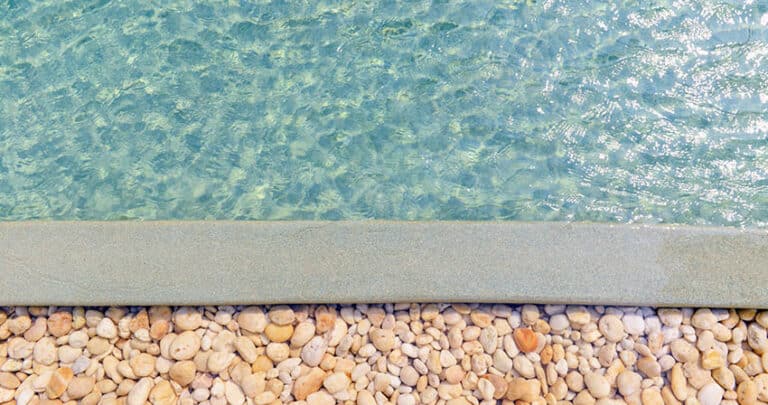
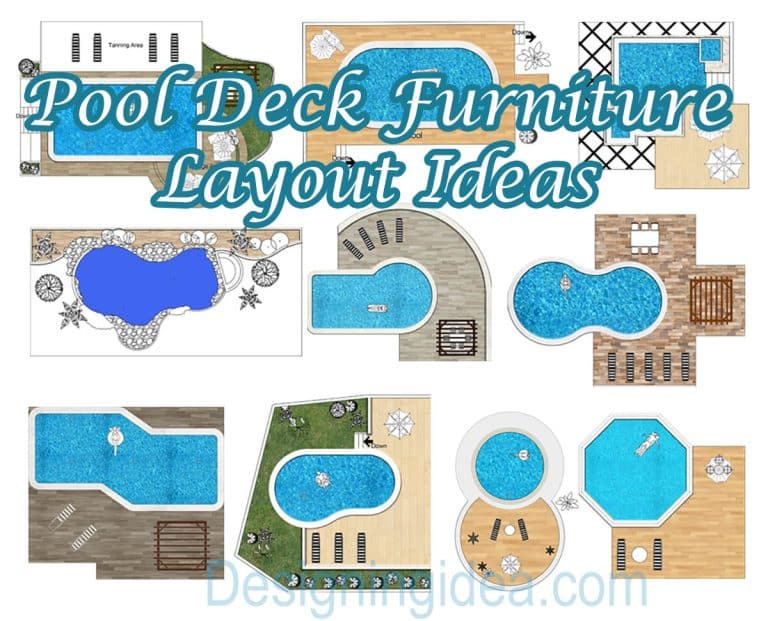
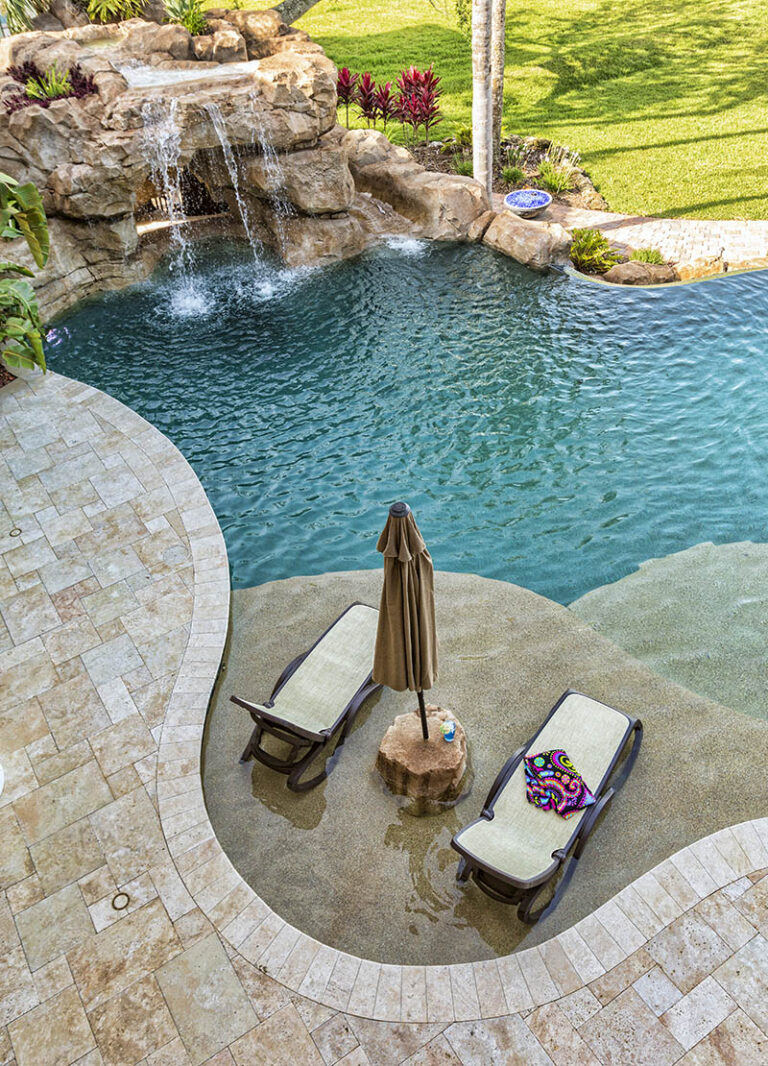
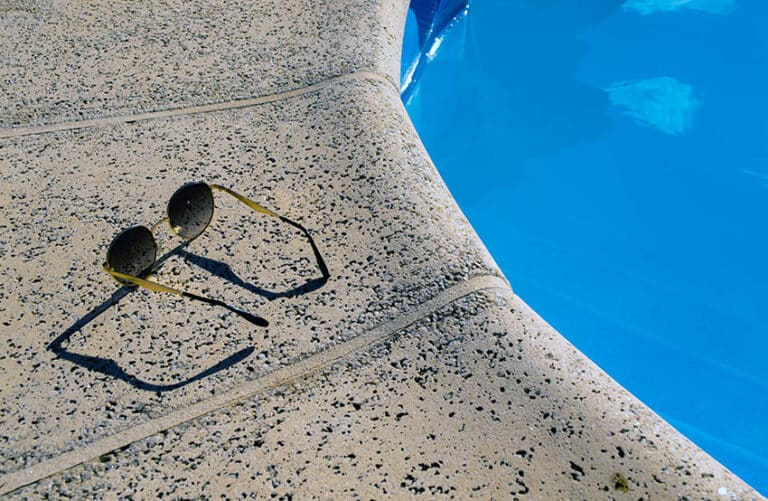
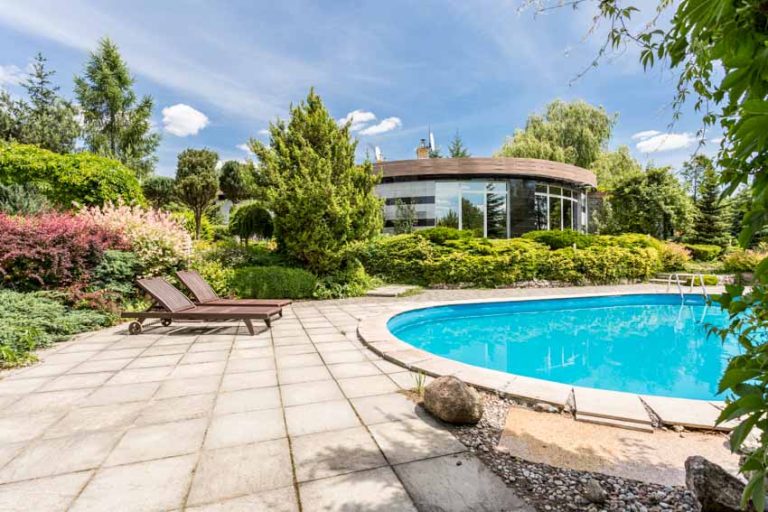
As long as the right types of stones are used I think exposed aggregate feels great on the feet. I’ve owned homes with a regular smooth poured concrete pool and now have an exposed aggregate pool and I much prefer aggregate. Things I like the best are the non-slip surface, cooler to walk on and the sensory feel of it versus regular concrete.
What type of aggregate did you use? I’m looking to do one soon.